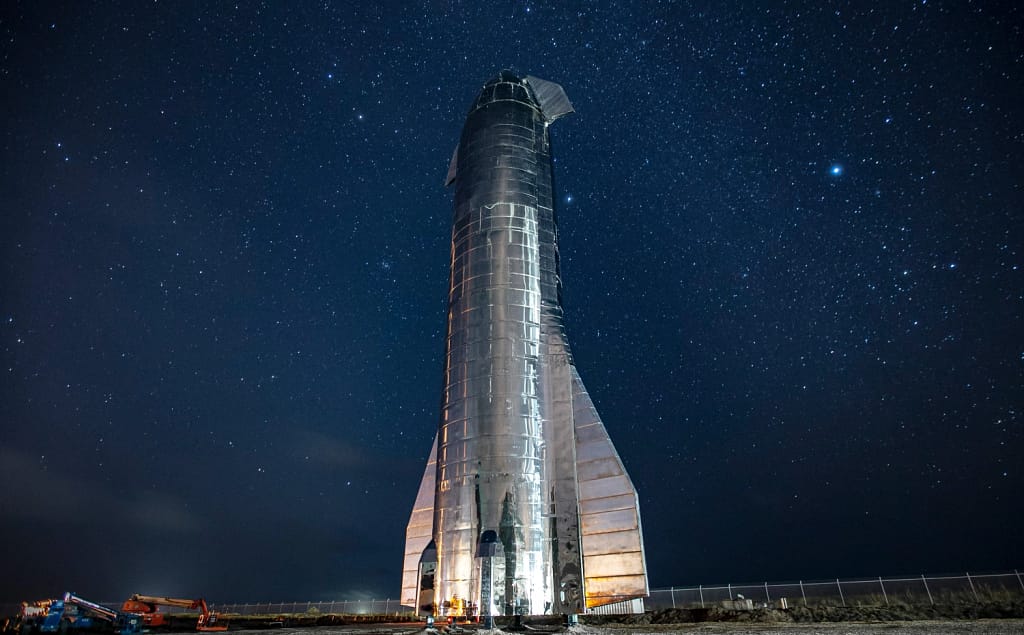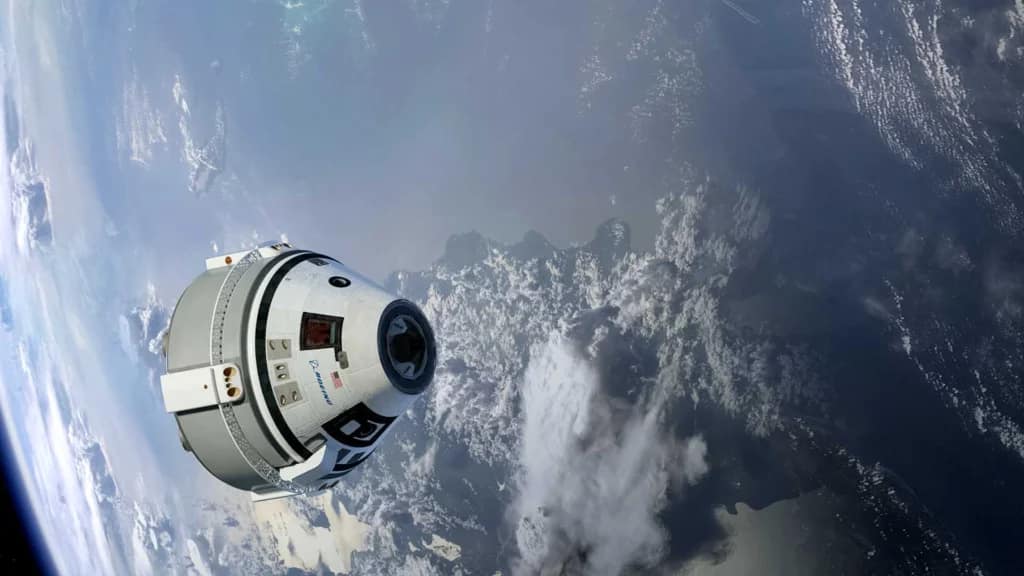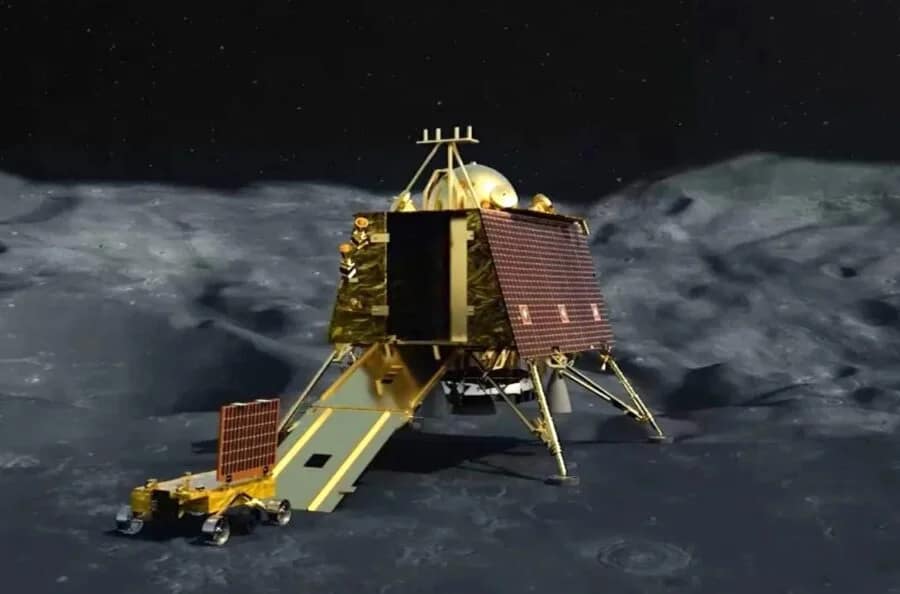In the ever-evolving world of space exploration, the focus has recently shifted to the SpaceX test launch facility in Boca Chica, where the Starship and Super Heavy rocket have been undergoing continuous testing. The Starship, known as the world’s largest rocket, is poised for a second shot at escaping the Earth’s atmosphere. However, a significant hurdle in the form of an FAA (Federal Aviation Administration) mishap investigation has been looming over this endeavor. In this article, we will delve into the latest developments surrounding the Starship’s readiness for launch, the completion of the FAA investigation, and the intricate details of what lies ahead.
The FAA Mishap Investigation
The FAA mishap investigation, initiated after the April 20th test flight of the Super Heavy rocket, has been a source of anticipation and speculation for space enthusiasts worldwide. This investigation was set in motion due to the occurrence of certain predefined criteria during the flight, which triggered the need for a thorough examination. While the FAA often relies on internal reports from the company in question, they also called upon the expertise of NASA and the National Transportation Safety Board (NTSB) to ensure a comprehensive analysis.
On September 7th, 2023, space enthusiasts received eagerly awaited news as the FAA officially communicated the completion of the mishap investigation to SpaceX. This development was met with great enthusiasm, as it signified a significant step forward in SpaceX’s mission to launch the Starship once more. However, the situation remains somewhat complex, and a closer look is needed to understand the implications fully.
What the FAA’s Announcement Means
The closure of the mishap investigation by the FAA indicated that SpaceX had successfully concluded its internal investigation to the satisfaction of all three overseeing entities—the FAA, NASA, and the NTSB. This positive outcome was a promising sign, suggesting that the necessary corrective actions would soon be undertaken to ensure the safe launch of the Starship.
List of Required Changes
An integral part of such investigations is the identification of areas that require improvement to prevent future mishaps. With the completion of the investigation, SpaceX released a list of 63 individual changes that need to be implemented before the Starship can be given the green light for launch. While some details in the list have been obscured for proprietary reasons, most pertain to modifications like connector type changes and redesigning the fire suppression system.
One of the standout changes in the list of required modifications is the redesign of the fire suppression system. This alteration comes in response to a critical issue identified during the April 20th flight. A fuel leak in the engine bay of the booster severed connections to the flight computer, resulting in the loss of several engines and dramatic events. SpaceX has already taken steps to rectify this issue, marking a significant milestone in the preparation for the upcoming launch.
SpaceX’s Role in the Investigation
It’s essential to note that this investigation was unique in that SpaceX actively played a central role in conducting it. While the FAA, NASA, and the NTSB observed the process, SpaceX managed the repairs to the Starship’s structure, plumbing, electrical gimbaling for the Raptor engines, and the testing for the improved flight termination system. This proactive approach has enabled SpaceX to make substantial progress in addressing the identified issues.
With the mishap investigation concluded, the next crucial step involves SpaceX applying for a license modification from the FAA, allowing them to proceed with the Starship launch. However, as of now, it appears that SpaceX has not yet submitted this application. The timeline for evaluating a license modification application can vary, hinging on the completeness of the submission. Given SpaceX’s recent history of promptly sharing significant updates, their silence regarding the license modification application raises questions about the status of the 63 required modifications.
Starship Potential Launch Date
Space enthusiasts are eagerly awaiting further updates from SpaceX regarding the license modification application and the launch date. The possibility of a launch happening sooner than expected is now on the horizon. SpaceX’s recent communication with the Coast Guard, warning of potential space flight activities, suggests that preparations for launch are underway. Nevertheless, the delicate nature of keeping a fully stacked Starship on the launch pad for extended periods means that SpaceX may opt to de-stack the vehicle for repairs and launch preparations if necessary.
In other space-related news, the race to establish a self-sustaining lunar colony has gained momentum, with NASA securing a valuable ally—DARPA (Defense Advanced Research Projects Agency). DARPA, known for its innovative robotics and military technology, announced its intention to embark on a 10-year lunar project in collaboration with developers. The project, known as Luna 10, aims to create essential infrastructure for a self-sufficient lunar colony, including communication, navigation, water supply, sewage, and power.
DARPA’s Unique Expertise
DARPA’s involvement in the lunar colony project goes beyond a mere quest for lunar exploration. As a defense contractor, they see this venture as an opportunity to develop space-borne technologies with potential military applications. Moon-based communication and navigation equipment could prove invaluable to the military, making this project a strategic investment for DARPA. Additionally, DARPA’s expertise in automated systems will be crucial in designing and testing robotic construction solutions, which extend beyond defense applications.
DARPA has set ambitious goals for this project, aiming to present an 80% completed study to the Lunar Surface Innovation Consortium by April 26, 2024. By that time, they expect to have a comprehensive plan for constructing the infrastructure required for a lunar colony by 2035—a timeline that aligns with NASA’s plans for regular lunar missions.
JAXA’s Lunar Mission
Meanwhile, Japan’s space agency, JAXA (Japan Aerospace Exploration Agency), has embarked on its lunar mission. On September 7th, 2023, JAXA successfully launched an experimental lunar lander called “Slim” atop an H2A rocket. Slim’s primary mission, often referred to as the “moon sniper,” involves executing an ultra-precise landing within a designated 100-meter area on the lunar surface.
Slim’s landing precision is unprecedented in lunar exploration. To put it in perspective, during NASA’s Apollo 11 mission, the landing area projected spanned approximately 20 kilometers, and Neil Armstrong had to intervene manually to ensure a safe landing. Slim’s ability to aim for such precision is groundbreaking, and its success could revolutionize lunar landings. This achievement owes much to the network of mapping and navigation satellites orbiting the moon, which enables such accuracy.
JAXA’s lunar mission isn’t limited to Slim’s extraordinary landing precision. Two accompanying rovers will conduct measurements and test mobility. Among these, Lunar Excursion Vehicle 2 stands out, known for its ability to change shape to enhance mobility. These tests, while essential, pale in comparison to the significance of Slim’s precise landing, which could redefine lunar exploration.




